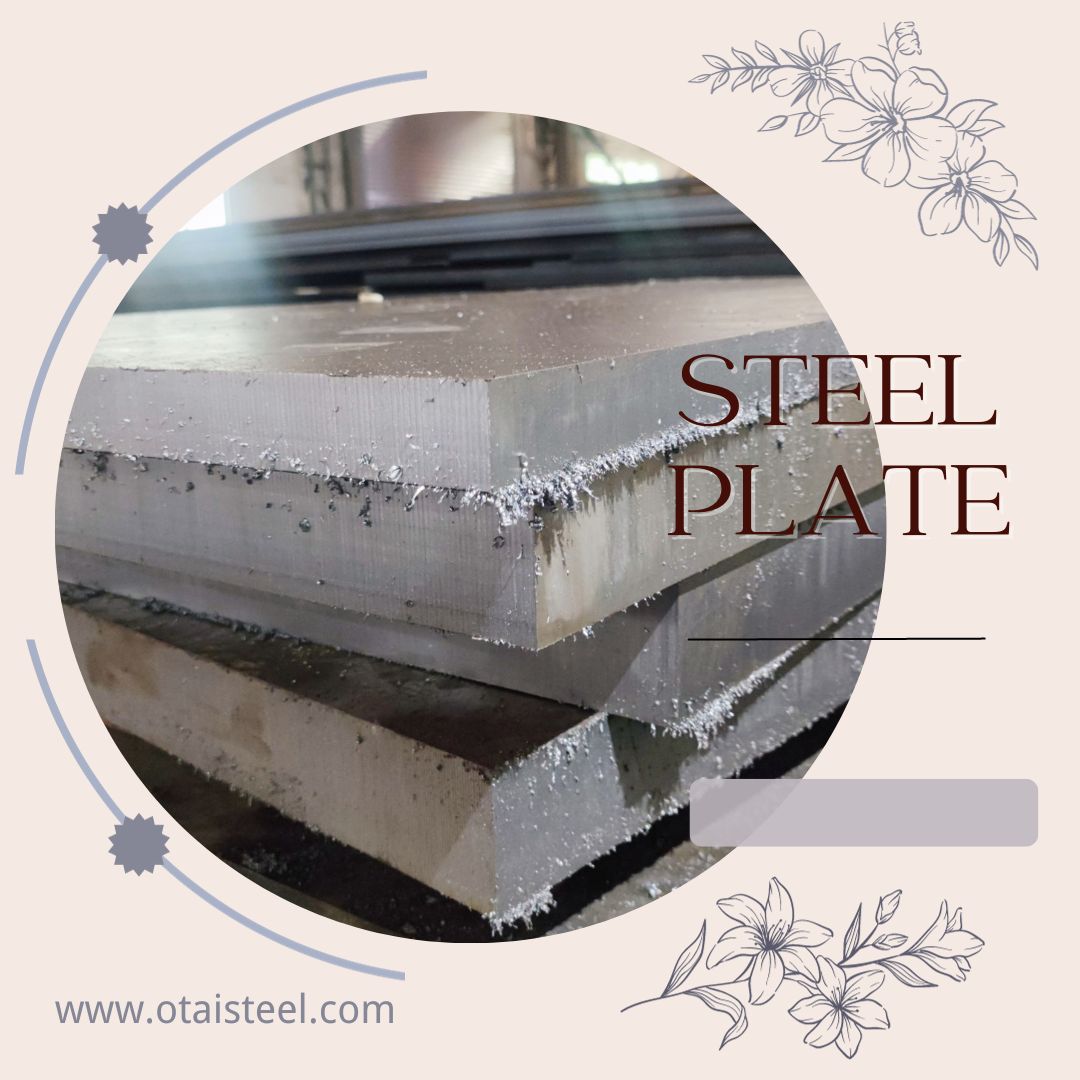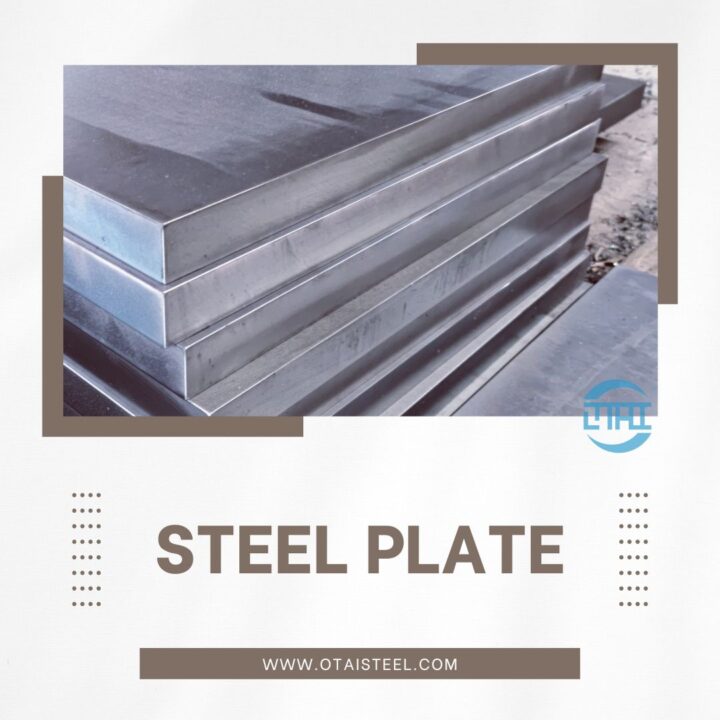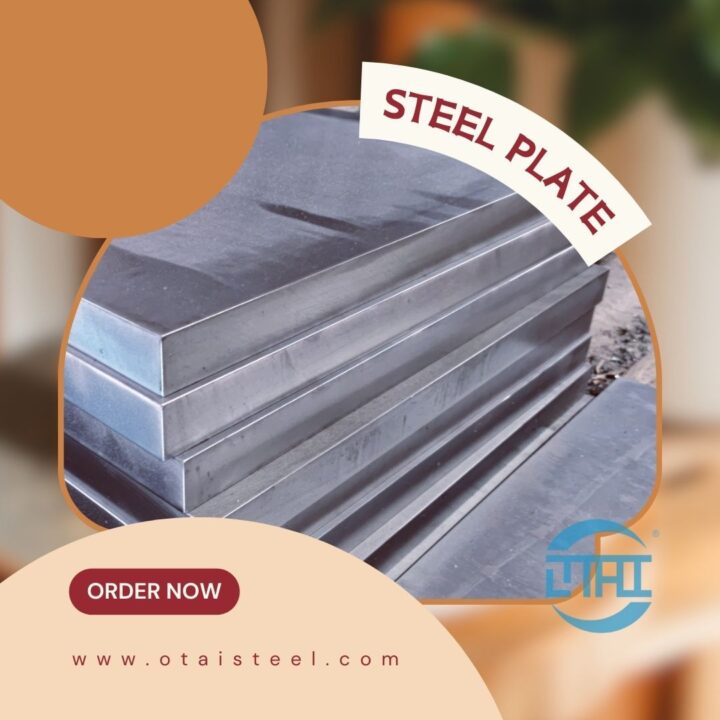
8620 Alloy material in Construction and Infrastructure
In the dynamic realm of construction and infrastructure, materials that embody a perfect synergy of strength, durability, and precision are paramount. One such material that stands out in this arena is the versatile 8620 alloy. Let’s delve into how 8620 alloy contributes to the construction and infrastructure landscape, offering a foundation of strength and precision.
1. Structural Components: Reinforcing Foundations with Resilience
In the construction of buildings, bridges, and other structures, the integrity of structural components is crucial. 8620 alloy, with its exceptional strength and toughness, proves to be an ideal choice for reinforcing critical elements. Components like beams, columns, and connecting rods benefit from the alloy’s ability to withstand heavy loads and resist fatigue, ensuring the long-term stability of structures.
2. Gears and Shafts in Construction Machinery: Powering Efficiency
Construction machinery operates in demanding conditions, requiring components that can endure heavy loads and provide reliable performance. Gears and shafts made from 8620 alloy showcase superior wear resistance, ensuring the efficiency and longevity of construction equipment. This contributes to the overall productivity and cost-effectiveness of construction projects.
3. High-Pressure Applications: Ensuring Safety and Reliability
In infrastructure projects that involve high-pressure systems, such as pipelines and hydraulic systems, the choice of materials is critical. 8620 alloy’s excellent resistance to corrosion and ability to withstand high-pressure environments make it an ideal candidate for components like valves, fittings, and couplings. The alloy’s reliability enhances the safety and efficiency of infrastructure systems.
4. Machinability for Precision Engineering: Crafting Intricate Components
Precision is a hallmark of successful construction and infrastructure projects. 8620 alloy’s machinability allows for the creation of intricate components with precision, contributing to the seamless assembly of complex structures. Whether it’s custom fittings, fasteners, or specialized components, the alloy’s machinability plays a pivotal role in achieving engineering precision.
5. Adaptability to Varied Environments: Thriving in Diverse Conditions
Construction and infrastructure projects often span diverse environments, from urban landscapes to remote areas. The adaptability of 8620 alloy to varied conditions, coupled with its resistance to corrosion, makes it a reliable choice. Whether used in bridges, tunnels, or building foundations, the alloy excels in maintaining structural integrity across different environmental challenges.
6. Sustainable Construction: Meeting Green Engineering Standards
As the construction industry embraces sustainable practices, materials that align with green engineering standards become crucial. 8620 alloy’s durability and recyclability contribute to sustainable construction practices. Its long lifespan and the potential for reuse make it an environmentally friendly choice, aligning with the growing emphasis on sustainability in construction and infrastructure projects.
7. Future-Proofing with 8620: Anticipating Trends in Infrastructure
As infrastructure projects evolve to meet the demands of the future, the role of materials like 8620 alloy becomes increasingly significant. Ongoing research and development aim to enhance the alloy’s properties further, anticipating trends in infrastructure development and construction. This future-proofing ensures that 8620 alloy continues to be a cornerstone in shaping the infrastructure landscape.
Conclusion: Building the Future with 8620 Alloy
In the dynamic world of construction and infrastructure, where strength, precision, and adaptability are paramount, 8620 alloy stands as a reliable ally. Its contributions to structural integrity, machinery efficiency, and sustainability make it a material of choice for building the future. As construction practices evolve, the versatility of 8620 alloy ensures its enduring role in shaping resilient and innovative infrastructure projects.









